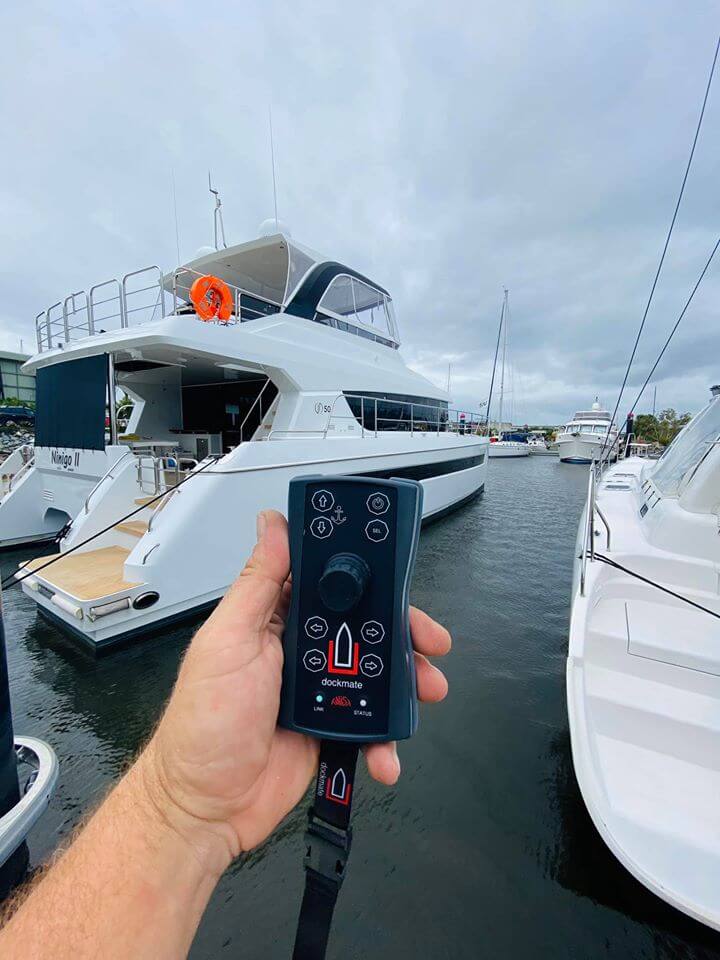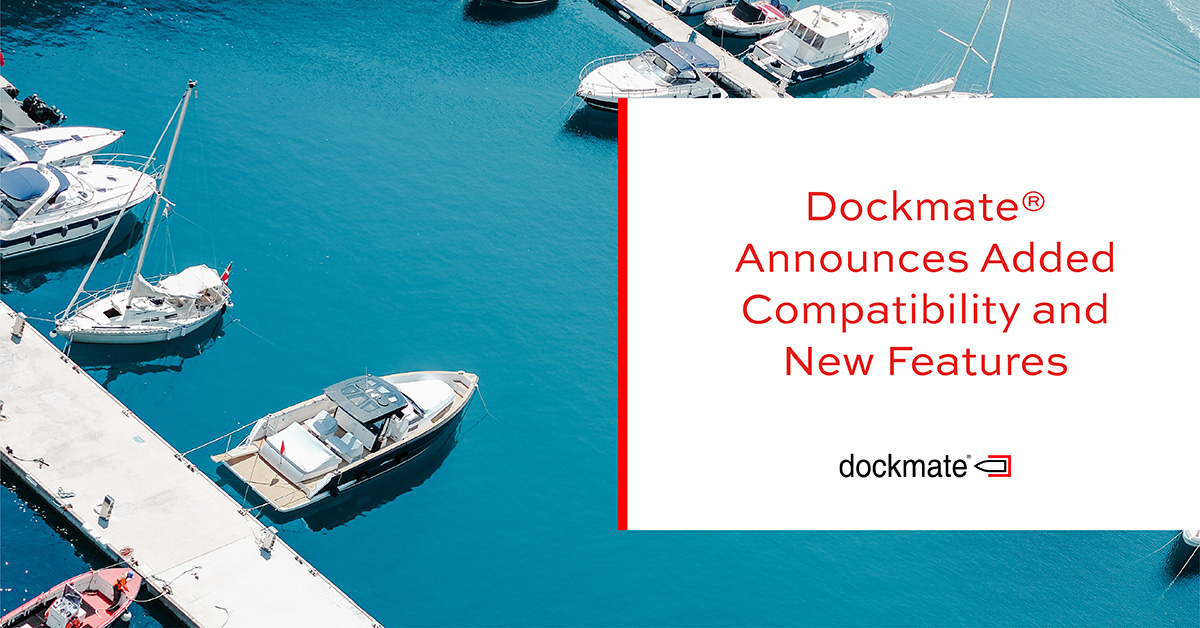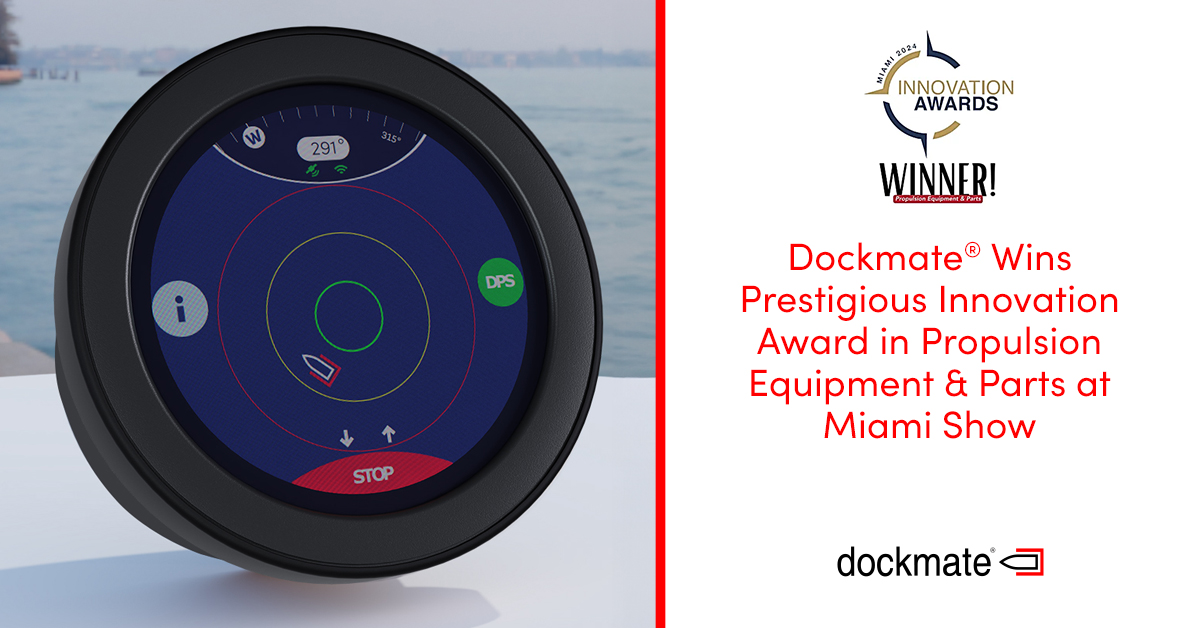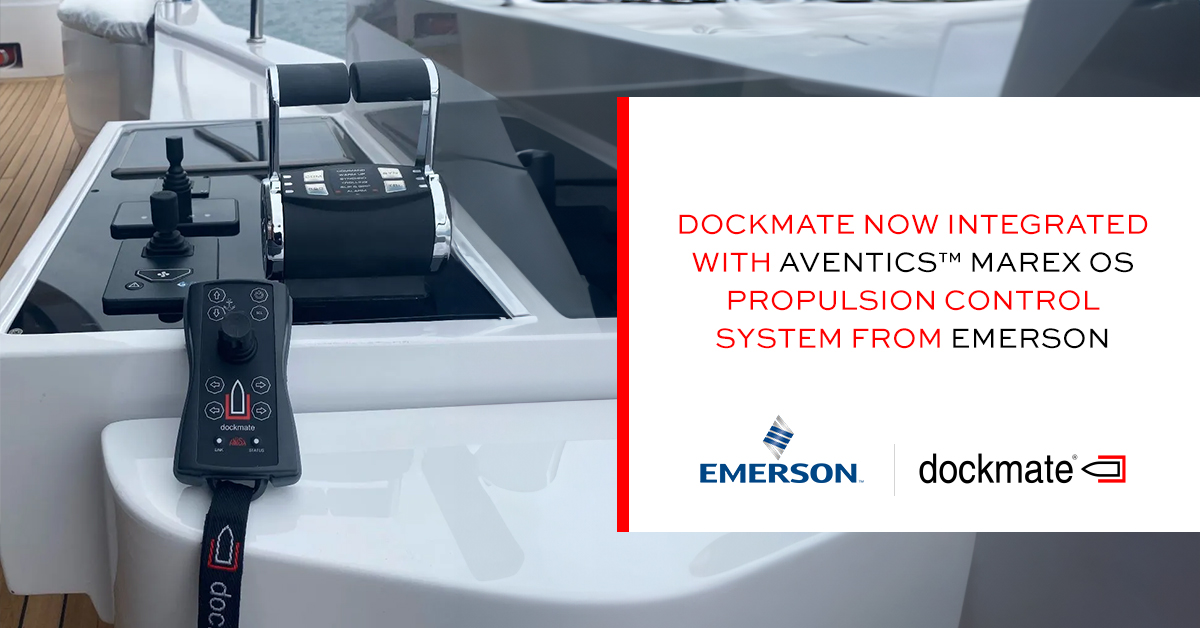Boortmeerbeek, Belgium–Dockmate®, manufacturer of advanced wireless remote controlsfor yachts,announced today expanded compatibility and new functionality for select engines.
Dockmate has expanded its list of compatible engine controls to include MTU CAN bus, Yanmar VC20 (Yanmar’s newest CAN bus controls) and Twin Disc EC300 Digital Control Head (Twin Disc’s new CAN bussystem)and when configured with an Analogue Engine Universal Speed Control Interface,Dockmate now supports Suzuki Precision Control.
Each Dockmate Receiver integrates the proprietary communications protocol DockLink – an infinitely superior, state-of-the-art two-wayFHSS (Frequency Hopping Spread Spectrum) communication with handshake and GFSK (FM) modulation on the 868MHz frequency band inEurope. FHSS means that every Dockmate system uses a unique set of sixchannels in
the entire band of 71channels, and rotates throughmore than sixchannels a second, virtually eliminating any possible chance of interference. The Dockmate signal reaches up to50 metres, which is by far the longest range in the industry and does not require an expensive range repeater on larger vessels, like competitive products.
With two-way communication between the remote (transmitter) and the Receiver, the Dockmate system ensures the operator is always aware of communication status. In the unlikely event that the signal is lost, the Dockmate remote control transmitter will sound three

With the recently releasedDockmate Cradle fixed-mount, wireless charging pad, users no longer have to choose between a fixed joystick or a remote control. The combination of the Dockmate TWISTjoystick remote and the new Dockmate Cradle enables a cutting-edge feature: Fixed Joystick Mode. Once the TWISTjoystickremote is placed in the Cradle, it can be used just like any other third-party joystick docking system. The true innovation is that by taking the remote out of its Cradle, users immediately have the flexibility of a wireless remote control. This gives users incredible savings, both in cost and helm space, as the Cradle only takes up about 20 cm by 8cmof surface mounting space for a tidier bridge station. Additionally, when users arenot using their Dockmate, the Dockmate Cradlecan be used to charge aQi compatible smartphone.




